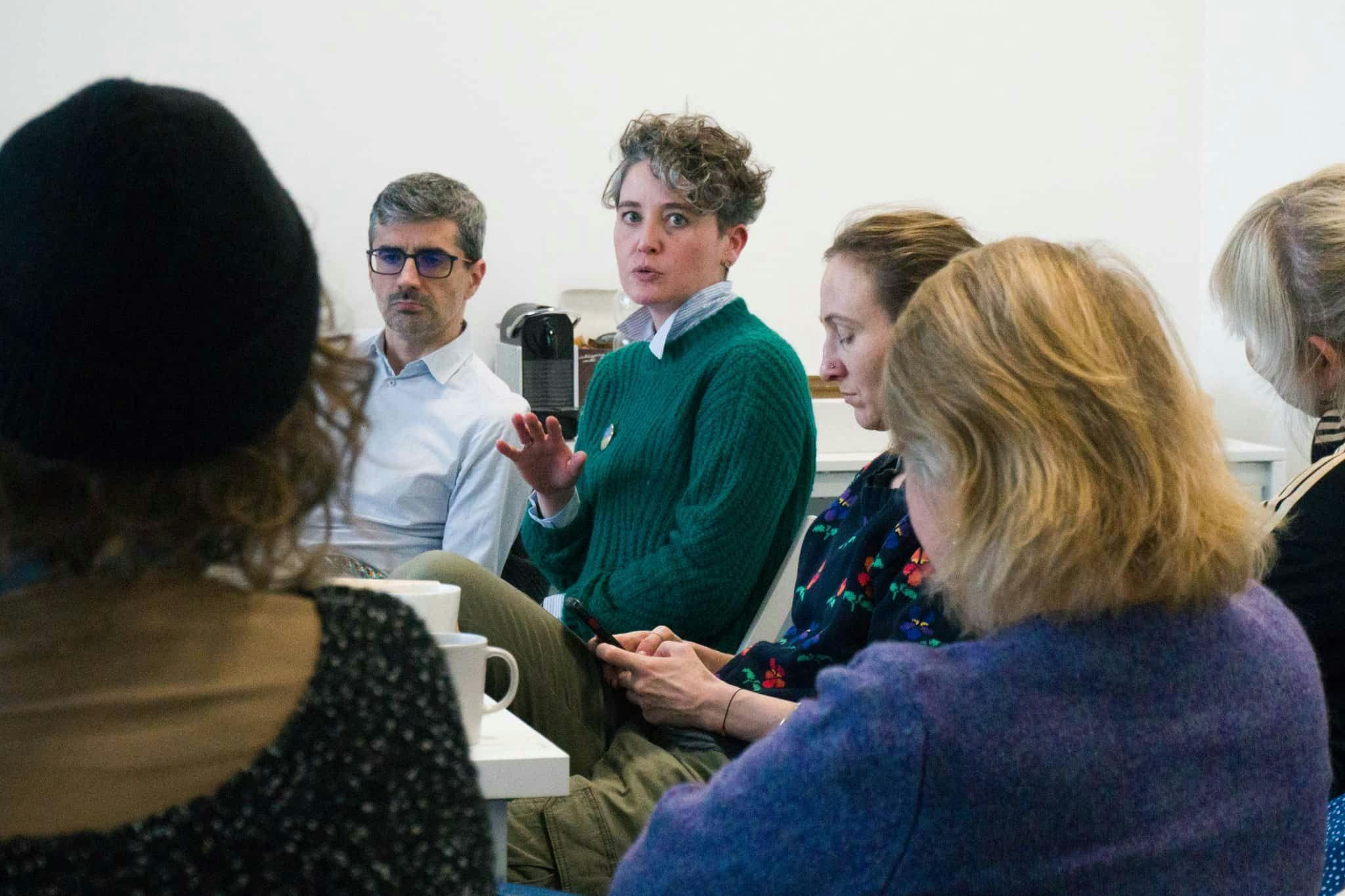The Migration Consortium is a collaborative initiative uniting nine organizations dedicated to supporting migrants and refugees. Its core mission revolves around fostering cooperation, sharing expertise, and strengthening efforts in the fields of migration and integration.

Umów się na bezpłatną konsultację
Twoje dane przetwarzamy zgodnie z naszą polityką prywatności.
In partnership with Boring Owl, the Consortium launched a modern, user-friendly website that enhances its reputation as a leading authority in the sector, while also streamlining communication with donors, partners, and those seeking assistance.
Challenge
The main goal of the project was to create a clear website that:
- Facilitates access to information on the Consortium's activities and goals.
- Strengthens the organization's image as an expert in migration.
- Encourages donors to support the initiative.
The challenge in this project was to design a site that clearly and accessibly presents a wide range of activities and content aimed at different audiences.

Solution
Boring Owl team carried out a comprehensive design process, which included workshops, design, and development phases:
- Design Workshops: At the outset, we worked closely with the Migration Consortium to understand their goals and requirements. During these sessions, we helped define priorities and established key guidelines for the site’s structure, user interaction, and how content should be tailored to different target audiences.
- Design Phase:
- Low-fidelity wireframes: These initial layouts outlined the basic structure of the content, included sample imagery, and proposed a preliminary color palette.
- High-fidelity designs: These incorporated the organization’s full visual identity. We carefully refined the color scheme, typography, and layout to reflect the Consortium’s character. To emphasize a sense of lightness and movement, we used diagonal lines and elements inspired by the logo.
- Development:
- The website was built on WordPress, chosen for its familiarity to the client’s team.
- We used Bricks Builder to create visual components and page layouts, while custom HTML, CSS, and PHP templates were developed based on the approved designs.
- CMS was integrated with MetaBox, allowing for custom fields such as text, images, and dates - giving the client complete control over their site content.
Key Features
- Simple and clear structure, available on a low number of subpages.
- Graphic design fully consistent with the Consortium's visual identity.
- Intuitive CMS system with custom fields for editing content.
- Optimization for SEO and performance speed.

Results
- A cohesive and well-structured platform that effectively reflects and supports the mission of the Consortium.
- Improved communication with donors and partners through a clear layout and engaging storytelling.
- Streamlined content management enabled by an intuitive and user-friendly CMS.
- Enhanced online presence of the Consortium thanks to technical optimization and strong SEO practices.
Summary
The website created for the Migration Consortium stands as a modern and effective digital tool tailored to the needs of an organization working in the field of migration. With its clear structure, minimalist design, and the flexibility of the WordPress platform, the site offers users straightforward access to key information. At the same time, it supports the organization's broader goals - raising funds and strengthening its credibility as a voice in migration-related issues.




